There are many different types of boas. Let’s discuss some of their similarities and differences here before we meet the Snake Haus boas.
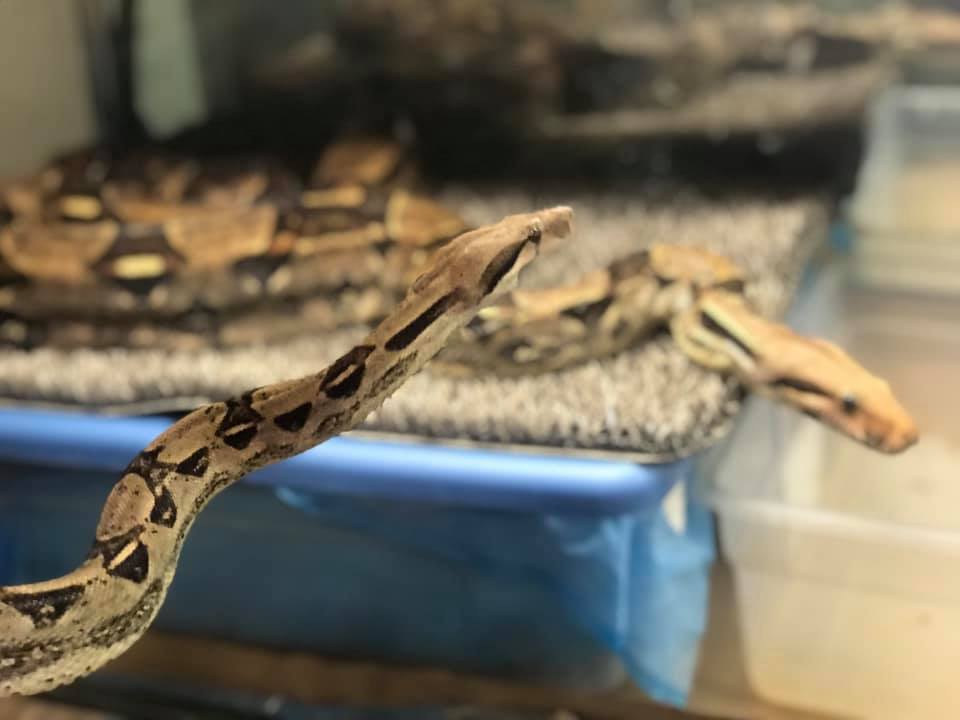
Sub Species
- Boa C. Constrictor (BCC): True Red Tails
- Boa C. Imperator (BCI): Central American, Common, or Colombian
- Boa C. Longicauda and Ortonii: Peru
- Boa C. Melanogaster: Ecuador*
- Boa C. Amarali : Bolivia
- Boa C. Occidentalis: Argentina
- Boa C. Nebulosus: Domincan Island
- Boa C. Orophias: St. Lucia island
*BCM may be considered a locality by some rather than a full subspecies.
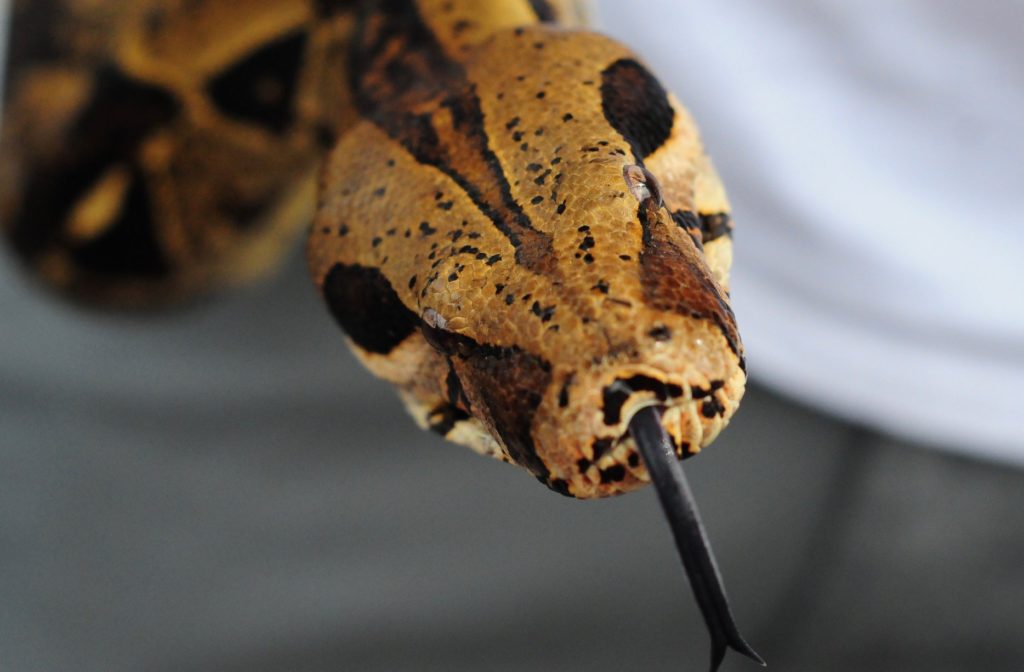
You may hear people claim that BCCs have “peaked saddles”, “redder tails”, or a “different shaped head”. For the most part these descriptors are only true for a few of the BCCs. For example: The Suriname, Guyana, and Brazilian BCCs have peaked saddles – well usually. The Peruvian, Ecuadorian, and Colombian BCCs do NOT have peaked saddles – or sometimes they do!
Wait a minute! Did that say Colombian BCC?! Yes indeed; there is a Colombian BCI AND a Colombian BCC.
The Columbian Boas have a significant amount of cross over between their ranges in their native habitat. The Columbian BCI is the largest of the Common Boas. This is likely due to interbreeding with the large Columbian BCCs that gave them larger genetics over many generations.
Or let’s really confuse ourselves and take note of the fact that the Venezuelan BCI has peaked saddles. Like the Colombian BCI, they also border the territory of BCCs so may have a blending of genes from both. There are also a few other types of boas that can be confused in these groups. Boa C. Amarali tends to have peaked saddles as well, but the Boa C. Longicuada does not; well sort of. See what I mean? You just can’t tell based on looks alone. Enough with all these different types of boas!
There has been a significant amount of cross breeding done in captivity. This means that you cannot believe any boa is pure bred locality nor BCC/BCI without knowing their exact parentage. One way to try and tell the difference between a BCC and a BCI is through scale counts. The BCCs should have more mid-body scales than the BCIs. Interestingly enough, all of our really big boas here at Snake Haus have mid body scale counts in the mid to upper 80’s suggesting a hefty dose of BCC blood – that would be why they are so big and, therefore, ended up in rescue. Visit the Education pages to see how that is done.
Locality vs Morph
Let’s take a minute to discuss the difference between locality and morph! These words mean very different things. Locality describes where a snake is from in the wild and has some impact on the color of the snake – but not as much as you might think. Morph is where the real color comes from. The Colombian Boas are commonly used to produce the different color morphs such as albino, hypo, jungle, snow, arabesque, and motley. Some of the other sub species of boas also have color morphs like albino and others.
Now that we understand boas a little more, lets meet some of them. Explore the following pages to see the different types that live at Snake Haus.
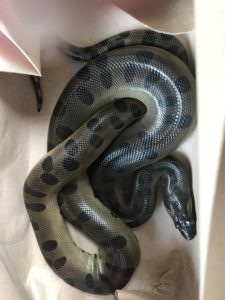
Eunectes Murinus
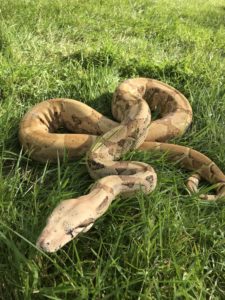
Boa Constrictor Imperator
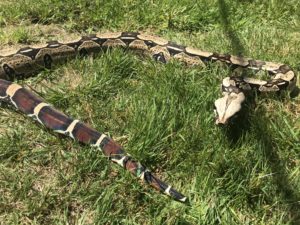
Boa Constrictor Constrictor
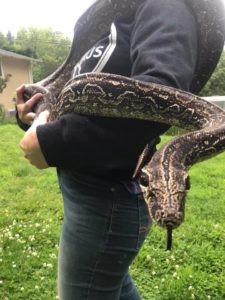
Boa Constrictor Occidentalis
(Pictured: Choco)
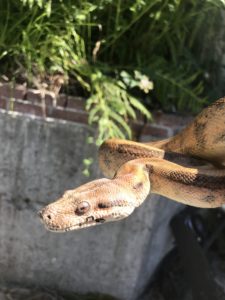
Boa Constrictor Sabogae
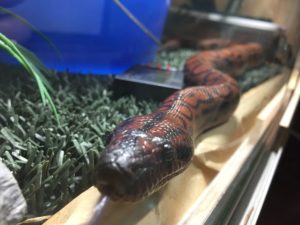
Epicrates Cenchria
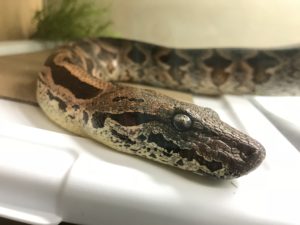
Acantrophis Dumerili
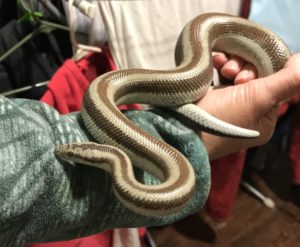
Lichanura trivirgata

Erycinae
